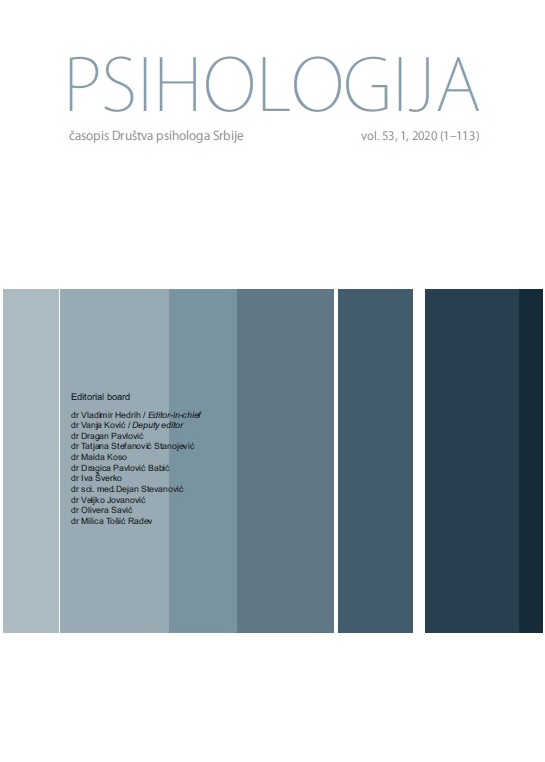Association between maladaptive sleep hygiene behaviors and sleep quality in the general population
Association between maladaptive sleep hygiene behaviors and sleep quality in the general population
Author(s): Clara Sancho-Domingo, José Luis Carballo, Ainhoa Coloma-Carmona,, Jesús Rodríguez-MarínSubject(s): Psychology, Neuropsychology, Clinical psychology
Published by: Društvo psihologa Srbije
Keywords: sleep quality;arousal;cognitive activity;bedtime routines;sleep hygiene
Summary/Abstract: Prevalence of sleep problems has grown globally in recent years and sleep hygiene recommendations have shown inconsistent results. This study aims to analyze the quality of sleep in a non-clinical population and its association with maladaptive sleep hygiene. A total of 465 participants, with median age of 35 years (Interquartile range – IQR =28–44), completed the Sleep Hygiene Practices Scale (SHPS) and the Pittsburgh Sleep Quality Index (PSQI). Sample was divided into good quality sleepers (GQS; 52.7%, n = 245) and poor quality sleepers (PQS; 47.3%, n = 220). Comparison tests showed PQS had significant higher scores on SHPS (M = 61; IQR = 55–68, p < .01) compared with GQS (M = 68; IQR = 62–74). A logistic regression model indicated that only cognitive-arousal behaviors and inconsistent bedtimes were significant to classify poor sleep (R2 = .35; p < .01). In conclusion, poor sleep quality is common among healthy individuals and strongly associated with pre-sleep cognitive activity. This suggests that interventions aiming to improve sleep quality should consider strategies that would retract attention from concerns and worries at bedtime.
Journal: Psihologija
- Issue Year: 53/2020
- Issue No: 1
- Page Range: 87-100
- Page Count: 14
- Language: English

